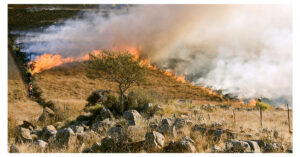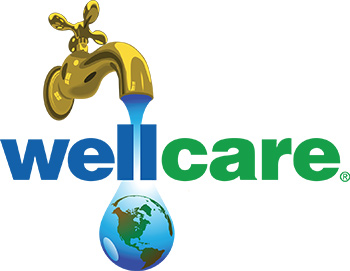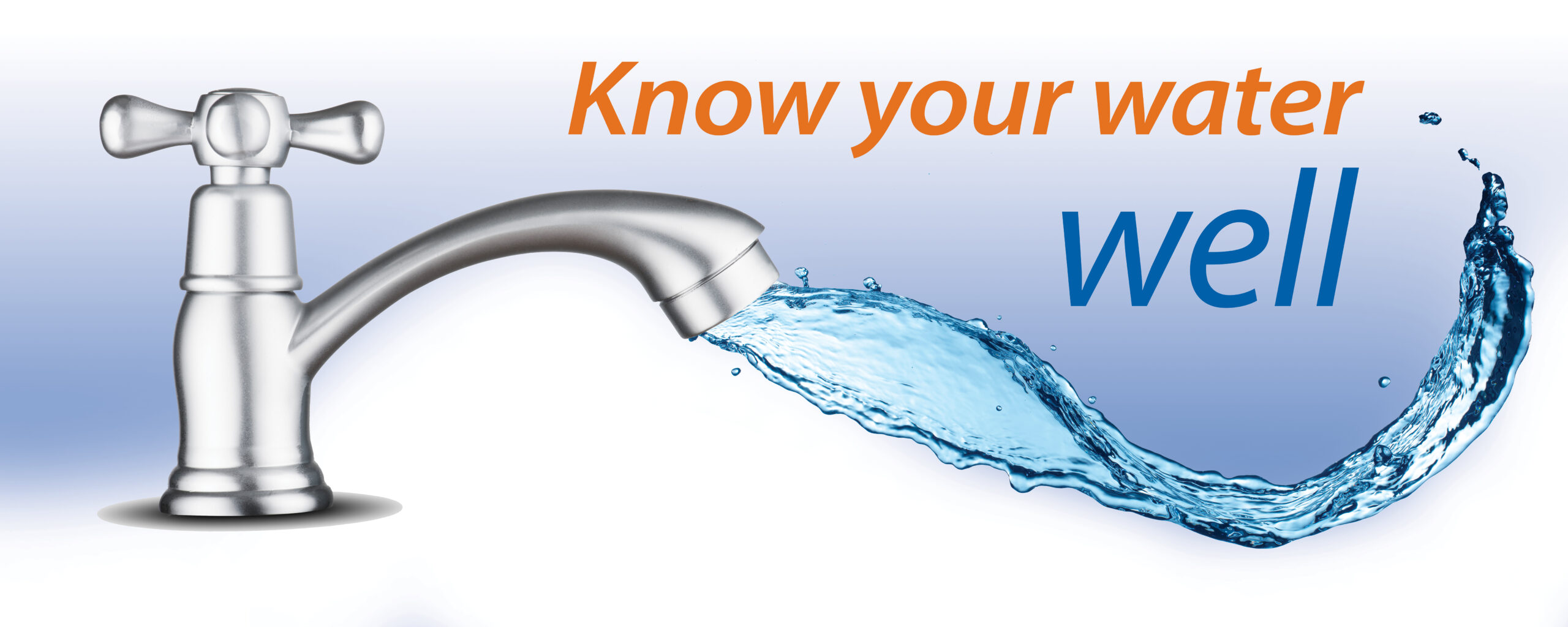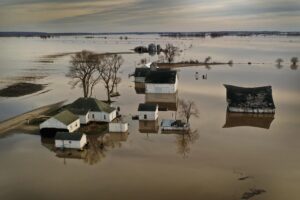| First and foremost, it is important to note that not all well water needs to be treated. Most well water comes from groundwater and is a safe, reliable drinking water source for you and your family. Before considering any type of water treatment, you should have your water tested by a certified water testing laboratory. If you need help locating a water testing laboratory or determining what to test your water for, contact the wellcare® Hotline at 888-395-1033, or read our Well Water Testing information sheet and use our interactive map.
If your water tests positive for a contaminant, the important question is whether the contaminant found poses a threat to your health at the level it was found. Many contaminants do not pose a threat to health, but can cause the water to change color, cause staining, have an odor, or have an unpleasant taste. Use our wellcare® information sheet Understanding Your Well Water Test Results or contact the wellcare® Hotline to help with interpreting your results. Selecting Water Treatment As a private well owner, you are responsible for taking the right steps to keep your water clean. The more you know about the quality of your water and what treatment may be needed, the more likely you will be able to avoid unnecessary, costly, or inappropriate equipment. Only one water treatment – disinfection or shock chlorination – is managed easily at home. Most other treatments require the service of a certified water treatment professional. If you need water treatment, contact your licensed well contractor for recommendations for treating the problem or locate a water treatment professional in your area using the Water Quality Association’s website. Well owners have four primary options for water treatment:
Before purchasing a water treatment device, ask if it has been approved by NSF International, a non-profit group that develops standards for equipment related to public health. NSF International certifies water treatment devices as effective in removing specific contaminants. You can search for certified water treatment devices on NSF’s website. Download our Water Treatment information sheet to learn about the different types of treatment options available. Discuss treatments options with your water treatment professional. |
watertesting
After the Fire: Water Well Safety
 Returning home after a wildfire can be overwhelming and dangerous. We gathered some safety tips for re-entering a burned area and how to care for your well.
Returning home after a wildfire can be overwhelming and dangerous. We gathered some safety tips for re-entering a burned area and how to care for your well.
Tips for re-entering an area that has been affected by wildfires:
- Avoid damaged or fallen power lines.
- Be careful of ash pits (depression filled with hot ashes) and burned trees. Serious burns or injuries can occur.
- Wear protective gear before sifting through debris to avoid breathing in harmful dust or ash.
- Hazardous household materials like automotive fluids, paint, solvents, etc. should be disposed of properly to protect people and the environment.
- If you suspect electrical damage or gas leaks, do not try to use your electricity or anything with a flame. Instead, use a flashlight for your light source and report problems to your local utility. DO NOT stay in the home as there is a risk of electrical shock or explosion.
- If sewage is visible, limit access to the area and contact your local health department for assistance.
- Do not turn on the water if you notice damage to your wellhead or well components above ground. Contact a licensed well contractor to assess and repair damages.
After a wildfire, underground well components like the pump may not be harmed. However, if your home and yard have been burned, it is necessary to complete a visual inspection of your well system and have any damage repaired before turning on the water.
Check the following for damage:
- Wellhead– casing, cap or seal, and any other above ground piping
- Tank– pressure or storage tanks (cisterns)
- Electrical– wires and control box
- Treatment– filters/housing, tanks, chemicals
Contact a licensed well contractor immediately for repairs. Shock chlorination or disinfection should be performed after repairs are made. Your well contractor will determine if this is required. It is important to note that shock chlorination/disinfection will not remove metals, pesticides, or other types of non-biological contamination. Do not drink or cook with the water until a water test is performed and confirms no harmful contaminants are in your water.
Download our wellcare® information sheet on Wildfires & Wells from our website to continue reading about water testing and caring for your water treatment and septic systems after a wildfire.
Summer Well Concerns
Emergencies & Disasters
The official Atlantic hurricane season starts June 1st and ends November 30th. In the eastern North Pacific, the official season started May 15th and ends November 30th. Tornadoes, flooding, severe thunderstorms, and wildfires can also occur throughout the summer. We want to make sure you are ready for anything mother nature sends your way.
Our Emergencies page on our website has everything you need before and after storms hit. View our wellcare® information sheets including our Emergencies & Disasters and Wells, videos, and use the interactive map to access agencies and well professionals within your state or province that can help.
The wellcare® Hotline can also help! Our water well experts are available to answer your questions and provide you with any information you need to maintain a safe water well supply. Contact us by calling 888-395-1033, send us an email, or chat with us live. The Hotline is available Monday-Friday from 10 a.m. until 5 p.m. ET.
Managing a Flooded Well
If you live in an area that experiences floods, your water well may be in danger of contamination from pollutants carried by flood water or at risk of shock from water-logged well equipment.
Here are some immediate steps you should follow after a flood:
- Do not drink or wash with your well water. You could get sick from contaminants washed into the well by the flood.
- Do not turn on the well pump. There is a danger of electrical shock and damage to your well or pump if they were flooded.
- Contact your water well contractor for help in dealing with the impacts of the flood on your water quality and well system.
Read more about Managing a Flooded Well.
You should suspect water contamination any time your well casing becomes flooded. For instance, if your well is shallow and you are near areas that have been flooded, if you notice a change in taste or color of your water, or there is sediment in your water. Testing your water is the only way to ensure your water is safe. Learn more about water testing.



